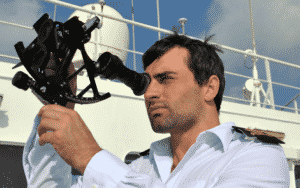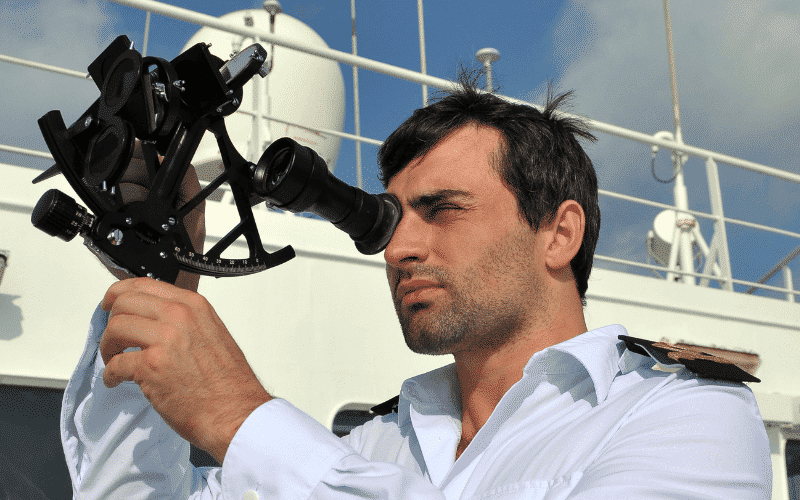A Comprehensive Guide to Marine Sextant – Principles, Usage, and Maintenance

The sextant is a valuable instrument used to determine the angle between the horizon and a celestial body like the Sun, Moon or Star. It is used in celestial navigation to find out the latitude and longitude.
Sextant derives its name from the Latin word’ sextus; or ‘one-sixth’, as the sextant’s arc spans 60° or one-sixth of a circle. Octans with 45° arcs were initially used to determine the latitude. However, Sextants were developed with wider arcs to calculate longitude from lunar observations. They replaced octants by the latter half of the 18th century.
It consists of an arc of a circle marked in degrees. It also has a movable radial arm pivoted at the circle’s centre. There is a telescope mounted to the framework, which is lined with the horizon.
A mirror is placed on the radial arm. It is moved or adjusted until the celestial body is reflected into a half-silvered mirror in line with the telescope and appears to coincide with the horizon through the telescope.
The angular distance of
Content Original Link:
" target="_blank">




































































